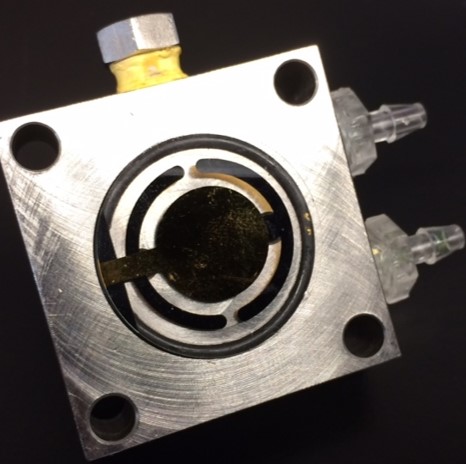Welcome to Materials College!
Materials College is an online source of information, lesson plans and research projects for educators and secondary school students who have an interest in the interdisciplinary field of Materials Science and Engineering.
The material presented here has been developed by in-service teachers, pre-service teachers, and community college faculty who have participated in a Research Experiences for Teachers program at the Functional Materials Research Institute (FMRI) of the University of South Florida. Participants are invited to USF to do materials science-related research for a very intensive eight week period with faculty, graduate students and undergraduate students affiliated with FMRI.
At the end of their program, participants prepare a lesson plan for use in their classrooms and present the results of their research in a poster symposium. These lesson plans and posters are also presented here.
The program is funded by the Research Experiences for Teachers program of National Science Foundation.
Click the Reading tab for an introduction to the field of Materials Science and Engineering and, in particular functional materials.
The Lesson Plans tab will take you to the lesson plans (categorized by high school subject area) developed during the program.
The Contributors tab will tell you all about the RET participants, including a bio and a link to their research presentations.
The Links tab will lead you to additional resources for students and teachers interested in Materials Science and Engineering.
Please click Contact Us if you have any feedback about the material on this site. Your email will be directed to the appropriate contributor for action.
Finally, we would like to thank the organizations who made this program possible:



Some Functional Materials

Shown above is a piezoelectric quartz crystal mounted in a temperature controlled cell. The vibrational frequency of the crystal is very sensitive to any mass deposited on its surface, which can be exploited to develop a variety of different sensors.

Metal Organic Materials are crystalline porous structures that have many potential applications including hydrogen storage, chemical separations and catalysis.

The Palladium nanoparticles shown above have different shapes, and therefore different functionalities, depending on how they are prepared. They are used in photocatalysis, fuel cell, and hydrogen economy applications